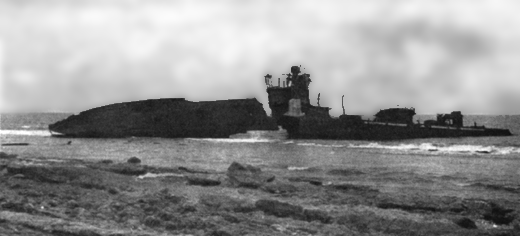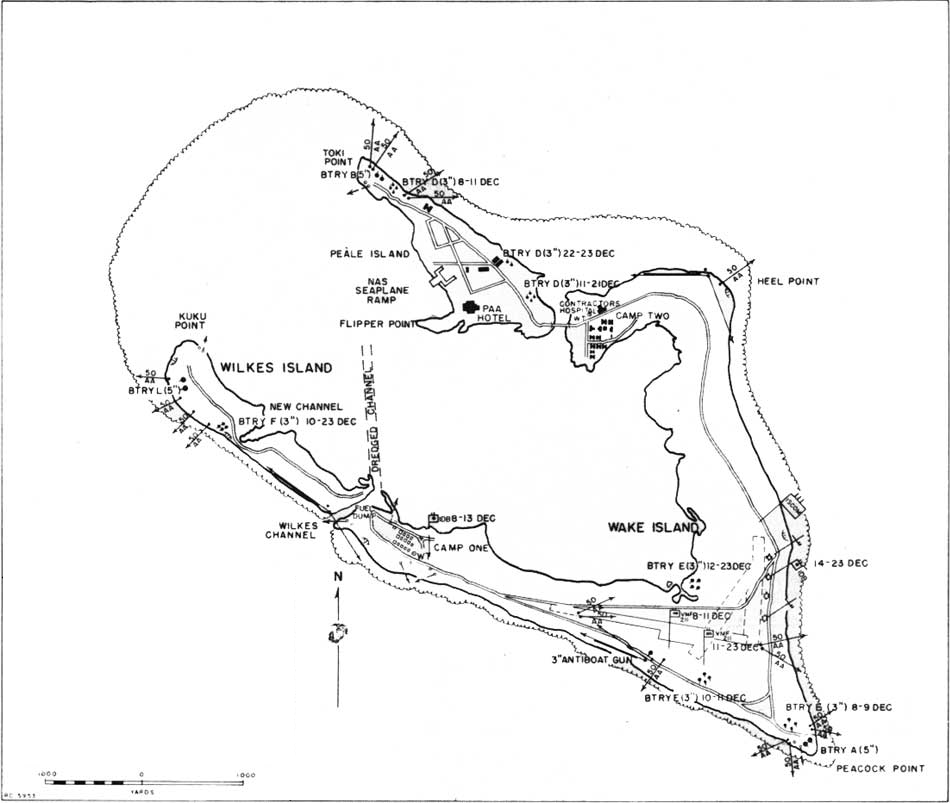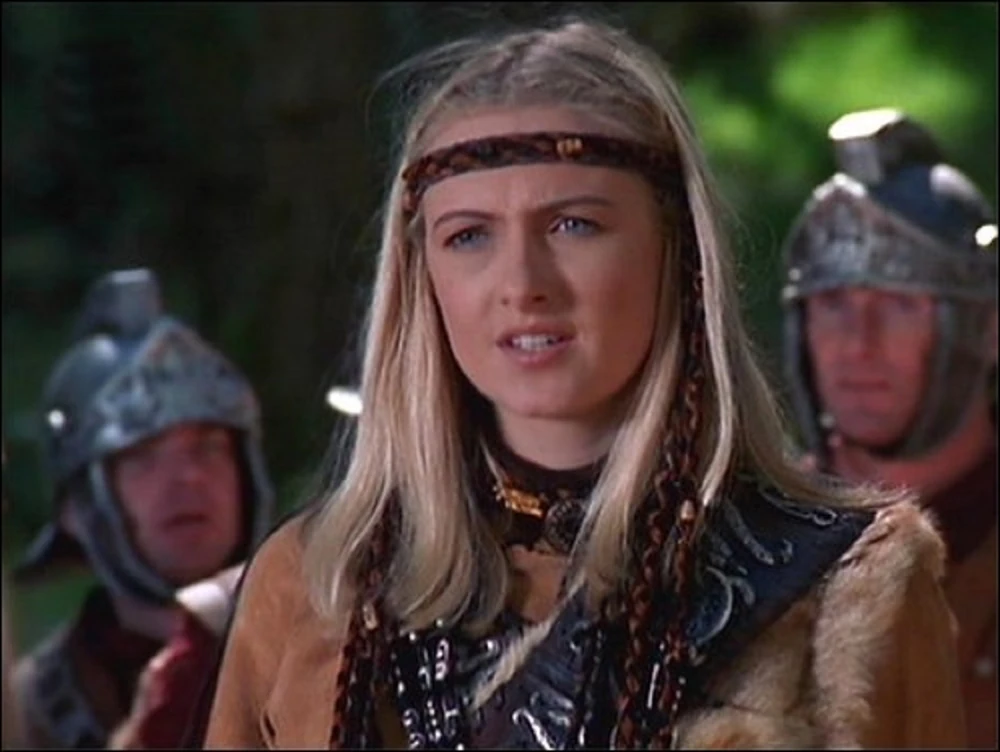
The Germans had a Battleraider in the Pacific and the Cyane III Task Force was to join the search. Leaving Ephesos TF68 went toward Australis trying to clear the ground for hundreds of miles around it using the aircraft from the Cyane III. Even then the Task Force Commander knew that the raider could slip in behind them. The Pacific is a big place. Eventually the battlecruiser Australis caught the raider and sank it. Returning to Ephesos TF68 added the newly completed Toxophone to the group. It would be another fifteen months before the Lysippe joined the group. TF68 stayed around home waters for six months while the Admiralty decided where they wanted the group to go. The Japanese were making warlike noises as the sanctions from the United States bit deep into their economy. If war broke out with Japan the Sisterhood wanted the homeland protected. It was under these conditions that the balance of the Amazonian carriers returned to Mu after repairing battle damage after their Mediterranean service. At Ephesos the Amazonian Navy now had a force to be reckoned with. The newly designated TF69 went through a short workup phase that was cut even shorter as the Japanese shocked the world with their attack on Pearl Harbour. TF69 was sent North.
The first task for TF69 was to give relief and aid to the damaged and destroyed areas and bases on Oahu. This allowed the US carriers to try and catch and destroy the Japanese attackers. The Japanese had too much of a head start and had returned to their bases long before the US Fleet got anywhere near them. Putting it bluntly, that 'chase' was more a propaganda exercise than a true intent to catch the Japanese. If the US carriers had caught up with the Japanese they may have been destroyed and given the Japanese a free hand throughout the Pacific. As long as those US carriers were available, the Japanese had to tread cautiously. Throwing them away on a gesture would have been crazy.
The Allied Navies made plenty of 'gestures' that cost them fine ships and thousands of men. Malaya and the Repulse and Prince of Wales, Java Sea and the ABDA cruiser forces getting wiped clean. Many lessons were learnt about their Japanese enemies. The Japanese gave no quarter and did not expect any either. The Japanese gave no heed to bits of paper like the Geneva Rules of War, those were for the weak to hide behind. It was at the Java Sea Battle that the Japanese hatred for the Amazons came to the fore. The cruiser Iodoce was the last Amazonian ship to come back from the Med forces. It was on its way home when it was diverted to join the cruiser force at Soerabaja on Java Island. Last in the cruiser line, the Iodoce received two torpedo hits that opened up the ship to the sea. Moving slowly and heeling to port, the Iodoce capsized and sank. When the Japanese later came through to pick up survivors, the Japanese commander on seeing the Amazons also saw red and ordered the survivors machine gunned. When this was reported to the Sisterhood, the order went out, any Japanese prisoners, degrade them, parade them naked in front of the Amazon troops. Humiliate them. This happened time and again on Guadalcanal when the Amazon Shock Troops went in against the Japanese lines and just obliterated them. The Japanese would be taught many lessons in the Island hopping campaign to follow.
These acts set the scene for the battles to come for TF69.
TF69 steamed from here to there and back again covering the American Carrier Force. At Midway, June 1942, TF69 was to the North of Hawaii in case the Japanese bypassed Midway and went strait for Hawaii. History was bypassing the Amazonian Navy and the Sisterhood was not happy. They wanted to show how good they were. They had played a small part in the Guadalcanal Battles but again mainly as a cover force. Finally in late 1943, the Island hopping campaign to retake the Pacific Islands got underway with the US Marines taking the strategically important airfield on Tarawa Island. The Sisterhood told the US Commanders that while they were taking Tarawa, the Amazons would clear the other islands of the Gilbert group. US observers watched this happen as the other islands were bombarded then invaded by Amazon shock troops. These were very efficient killers indeed. The observers got to almost pity the Japanese troops who were a lot of reservists and had never seen anything like the battle hardened Amazons. The observers reports were to the point, the Amazons were more than capable of anything asked of them. The tougher the job the better.
The US Armed Forces went from the Gilbert Islands to the Marshall Islands, then Guam and the Mariana Islands. To cover their flanks the Amazons were given the task of clearing the important Wake Island and Caroline Island groups. This was more like it! Something the Amazons could get their teeth into. Retaking Wake Island with its important airfield and seaplane base would be a feather in the cap of the Amazons.

One of the many Japanese ships sunk by the Amazon attack force around Wake Island and the Caroline Islands.
Two Whirlwind II long range reconnaissance aircraft are launched toward Wake Island. This will be the final recce before the attack goes in the next morning. The aircraft return, the photos are analysed but nothing has changed, there is no sight of any heightened awareness of an attack being made on the Island. 05:00 the next day and the four battleships and two cruisers tasked with bombardment duties open fire while spotter aircraft and ground attack aircraft buzz around making nuisances of themselves and ensuring that there will be no interference from any Japanese aircraft. Surprise is complete and the Japanese shore batteries are put out of action before they can be brought to action. It is thought that there are only about 2,500 troops on Wake Island, enough to garrison the Island. The 2nd Amazon Shock Division is tasked with making the landings and taking the various strategic points on the Island and defeating the Garrison. After five hours of sea and aerial bombardment the Amazon troops start their landings. Light weapons and machine gun fire sweeps the beaches and casualties are taken. But the Amazons storm up the beaches and take the strong points covering the beaches. This allows the heavy equipment of the Amazons to be landed. Heavy fighting carries on for another four days. Once the initial landing was a success it would only be a matter of time. Of the 2,500 Japanese troops only 200 surrendered, the rest fought to the death.

The taking of Wake Island and the Caroline Islands was secondary to the main thrust of the Allied Island Hopping Campaign but it stopped them being able to be used by the Japanese as bases for either aircraft or submarines to interdict the supply lines following the main forces. This would be the highlight of the Amazon Army in the Pacific. The US Army and Marines did not like sharing the glory in retaking the Pacific Islands. The Amazons were not invited to the party. TF69 would be involved in the Naval side of the battles around Iwo Jima and Okinawa. They would also have a presence in Tokyo Bay to witness the signing of the Japanese surrender documents. The Amazons had never been made aware of the Manhattan Project and were not clued in until the Atomic Bombs were dropped on Nagasaki and Hiroshima. Once the cat was out of the bag the Amazons were invited to the future tests at Bikini and other places. It would be another 10 years before the Murovian Empire would join the Nuclear Club.
Only the Cyane III received any major damage, off Okinawa, when a Kamikaze aircraft and its bombload got through the AA screen and hit the side of the ship, penetrating into the hangar and exploding causing further explosions and a major fire. It took nearly 12 hours to get everything out so that damage could be assessed. The Cyane III would be out of the rest of the war - sent back to Ephesos for the damage to be repaired. It was decided that a third carrier of the Cyane III class would not be required postwar. The bulk of the ship would be stripped for spare parts for the remaining two ships, what was left would be scrapped. The two Antiope class and two remaining Cyane III class would be the mainstay of the Amazon Navy through to the early 1950's. During this period the two (now) Toxophone class would go through a major rebuild to fit angled flight decks and all the modern parts that now made up the modern aircraft carrier. On completion of these refits, the two Antiope class would be retired and eventually sold for scrap. For the next ten years the Toxophone and Lysippe would be the heart of the Amazon Navy. Two of the smaller CVL's would be part of carrier force but they would be helicopter carriers and eventually Harrier carriers.
I have to admit the top view took a lot longer than expected. I have got out of the habit of doing them.
With completion of the two Cnemsis class Harrier Carriers in 1981, The two Toxophone class ships had there systems upgraded so that they could operate A-7 Corsair II fighters, Buccaneer strike aircraft, E-2 Hawkeye AWACS aircraft, and Sea King helicopters. The Falkland Islands War commenced in 1982 and the Amazons sent the Lysippe and Cnemsis as their major contributions. Despite having a helicopter screen up around the ship, two Argentinian Exocet missiles managed to get through and hit the Lysippe. One went through the hangar wall and exploded in the hangar causing tremendous fires and damage. But, it was the second hit that sank the ship. The second missile entered the ship just above the armoured belt, angled down further into the hull and exploded next to an ordnance magazine causing a sympathetic explosion that blew a hole through the bottom of the ship. The explosion damaged the machinery train, stopping the ship dead in the water. The damage proved too much for the 40 year old ship and it slowly sank by the stern. The Argentinians had finally got some revenge for the drubbings the Amazons had given their forces in the major conflicts between them.
